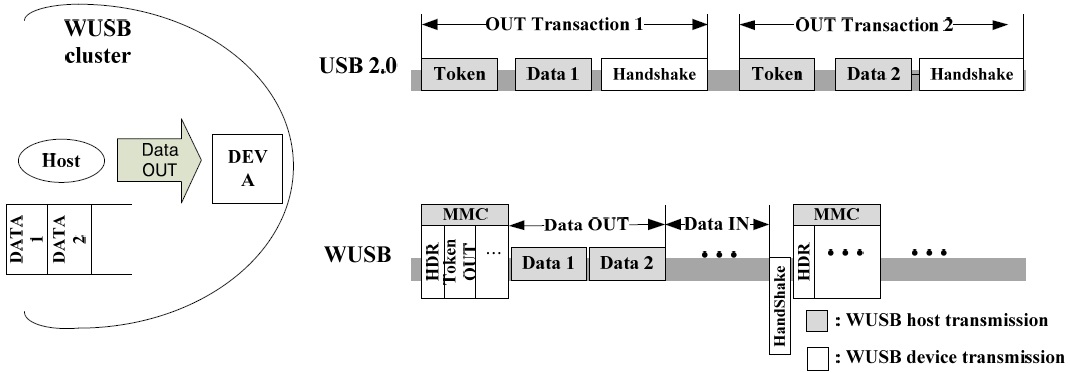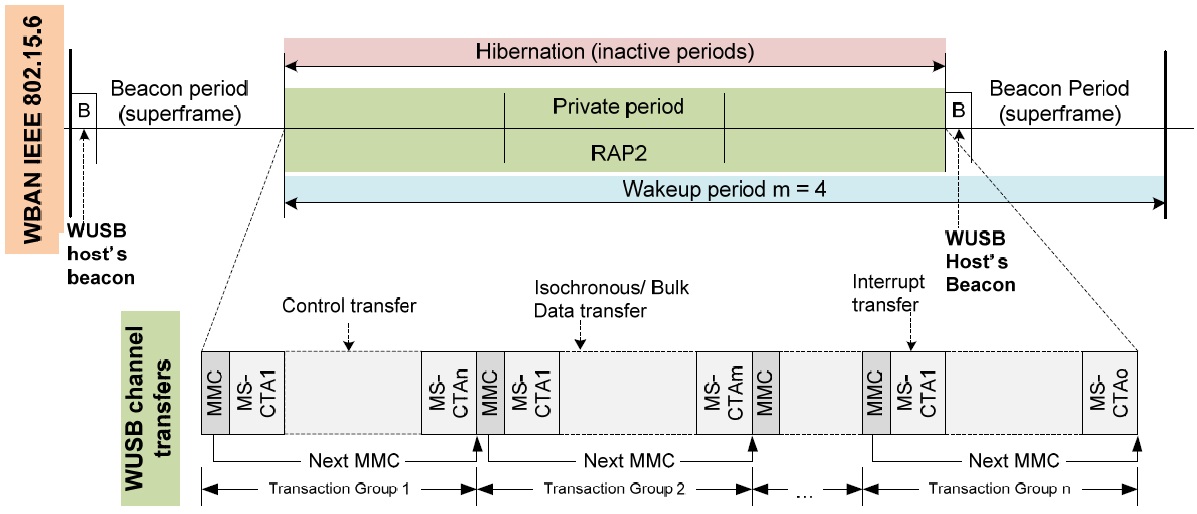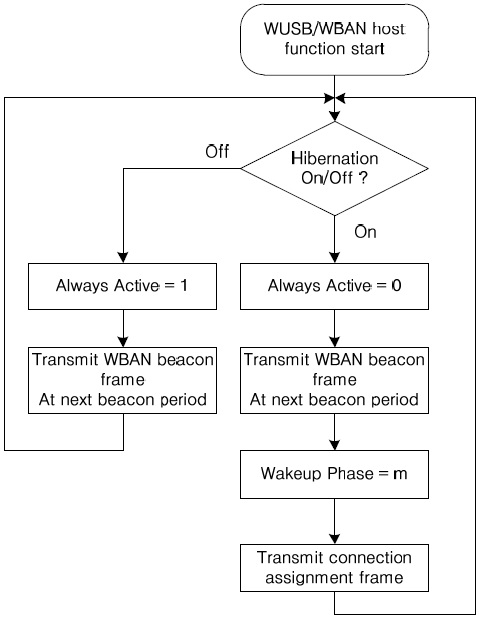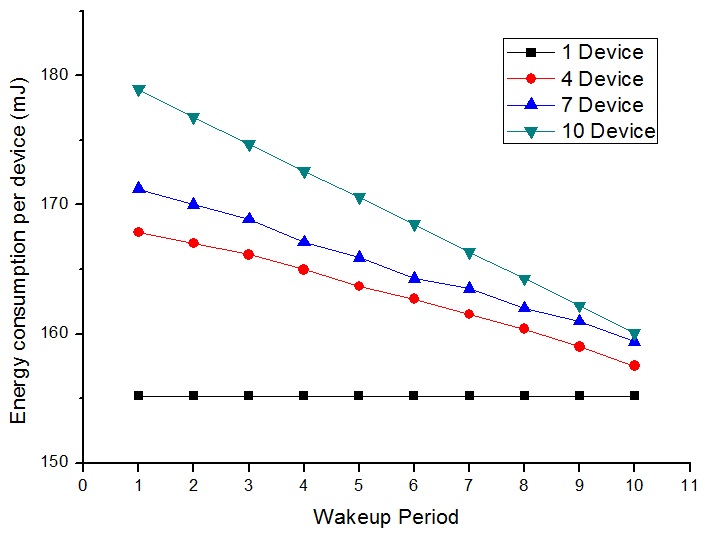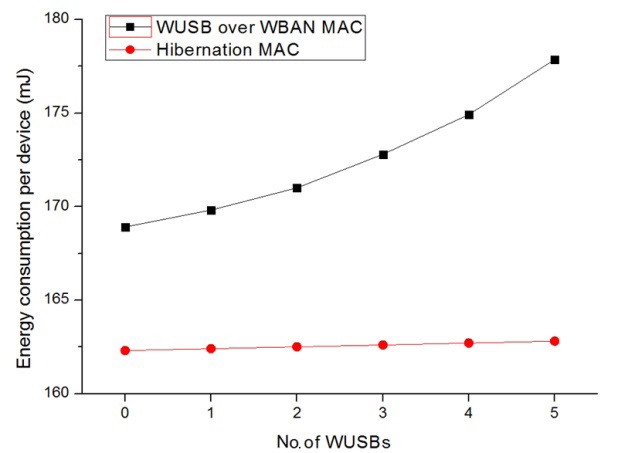



Wearable computer systems use the wireless universal serial bus (WUSB), which refers to USB technology that is merged with WiMedia physical layer and medium access control layer (PHY/MAC) technical specifications. WUSB can be applied to wireless personal area network (WPAN) applications as well as wired USB applications such as PAN. WUSB specifications have defined high-speed connections between a WUSB host and WUSB devices for compatibility with USB 2.0 specifications. In this paper, we focus on an integrated system with a WUSB over an IEEE 802.15.6 wireless body area network (WBAN) for wireless wearable computer systems. Due to the portable and wearable nature of wearable computer systems, the WUSB over IEEE 802.15.6 hierarchical medium access control (MAC) protocol has to support power saving operations and integrate WUSB transactions with WBAN traffic efficiently. In this paper, we propose a low-power hibernation technique (LHT) for WUSB over IEEE 802.15.6 hierarchical MAC to improve its energy efficiency. Simulation results show that the LHT also integrates WUSB transactions and WBAN traffic efficiently while it achieves high energy efficiency.
A recent major development in computer technology is the advent of the wearable computer system, which is based on human-centric interface technology trends and ubiquitous computing environments [1,2]. Wearable computer systems use the wireless universal serial bus (WUSB), which refers to USB technology that is merged with WiMedia physical layer and medium access control layer (PHY/MAC) technical specifications. WUSB can be applied to wireless personal area network (WPAN) applications as well as wired USB applications such as PAN. WUSB specifications have defined high-speed connections between a WUSB host and WUSB devices for compatibility with USB 2.0 specifications [3,4].
A wireless body area network (WBAN), which describes the application of wearable computing devices, allows the integration of intelligent, miniaturized, low-power, invasive/ on-invasive sensor nodes that monitor body functions and the surrounding environment. Each intelligent node has sufficient capability to process and forward information to a base station for diagnosis and prescription [5].
The WUSB channel is a continuous sequence of linked application-specific control packets, called micro-scheduled management commands (MMCs). As shown in Fig. 1, WUSB maps the USB 2.0 transaction protocol onto the TDMA micro-scheduling feature (device receive, DR; device transmit, DT; device notification time slots, DNTS). MMCs are used to advertise WUSB channel time allocations for point-to-point data communications between the host and the endpoints of the devices in the WUSB cluster. In this paper, we propose a low-power hibernation technique (LHT) for WUSB over IEEE 802.15.6 hierarchical MAC to improve its energy efficiency.
II. LHT FOR WUSB OVER WBAN ARCHITECTURE
WBAN slave devices that have received beacons from the WBAN host schedule their receiving and transmitting operations according to information delivered by the beacon. The IEEE 802.15.6 WBAN superframe begins with a beacon period in which the WBAN hub performing the WUSB host’s role (WUSB/WBAN host) sends the beacon. The data transmission period in each superframe is classified into the exclusive access phase 1 (EAP1), random access phase 1 (RAP1), Type-I/II access phase, EAP2,
RAP2, Type-I/II access phase, and contention access phase (CAP) periods. The EAP1 and EAP2 periods are assigned through contention to data traffic with higher priorities. Further, the RAP1, RAP2, and CAP periods are assigned through contention to data traffic with lower priorities [5].
The IEEE 802.15.6 WBAN MAC systems have several MAC capability options. Fig. 2 shows current WBAN MAC Capability format standard. We denote the WUSB slave device that also performs the WBAN slave device function as a WUSB/WBAN slave device. The WUSB/WBAN slave device stays in its active mode during an entire superframe if the Always Active field is set to “one” in the received beacon in that superframe. Otherwise, if the Always Active field is set to “zero,” the WUSB/WBAN slave device stays in its active mode during the beacon period and other allocated periods [5]. This operation is known as the hibernation.
The length of the hibernation in the IEEE 802.15.6 WBAN systems can be varied. If a WUSB/WBAN slave device wants to sleep during several superframes, it sets the Wakeup Period field in the Connection Request control frame and sends that frame to the WUSB/WBAN host as in Fig. 3. If the value of the Wakeup Period field is equal to
If the Wakeup Period field in the Connection Assignment control frame which the WUSB/WBAN host sends is set to a non-zero value, it means that the host assigned the
Fig. 5 shows the WUSB private channel allocation procedure for the
Performance of the proposed scheme is evaluated through ns-2 simulations and WBAN PHY/MAC simulation parameters used in this paper [6-8]. The network size is 5 m × 5 m. A maximum of 20 devices are randomly deployed into this area. The frame size is fixed to 4095 bytes.
Fig. 6 shows the consumed energy per superframe of a WUSB/WBAN device according to the number of wakeup periods. In Fig. 6, the longer wakeup period reduces the consumed energy per WUSB/WBAN device except in the case where only one device exists. However, it increases with a larger number of WUSB/WBAN devices. This result is caused by more transmissions and receptions in a device due to the increased MMC scheduling overhead.
In the simulation for Fig. 7, there are four WBAN data streams between WUSB/WBAN host and its WBAN slave devices in a WBAN cluster.
In that situation, each WUSB/WBAN device enters into that cluster and associates with the WUSB/WBAN host one by one. As the number of WUSB slave devices increases, the RAP2 periods allocated to WUSB channels become longer. Therefore, without LHT, this phenomenon leads non-WUSB WBAN devices to have longer scheduling delays and consume more energy. However, in LHT, the Wakeup Period is set to six WBAN superframes in the hibernation scheme. Then, the consumed energy of non- WUSB WBAN device does not change with up to five WUSB slave devices. This result is caused by the LHT mechanism in which the WUSB/WBAN host allocates the inactive periods for WUSB private channels by setting the beacon's RAP2 length field to the length of inactive periods while the other non-WUSB WBAN devices enter into sleep mode during five consecutive superframes.
In this paper, we integrated an IEEE 802.15.6 WBAN with WUSB system to develop wireless communication technologies for wireless wearable computer systems. In this paper, we proposed a LHT for WUSB over IEEE 802.15.6 hierarchical MAC to improve its energy efficiency. Simulation results show that the LHT also integrates WUSB transactions and WBAN traffic efficiently while it achieves high energy efficiency. The proposed LHT technique has compatibility with current IEEE 802.15.6 WBAN and WUSB standards.
